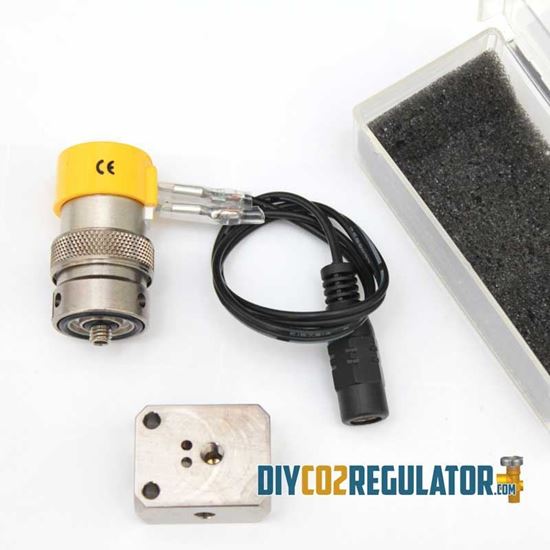Because they are "normally closed" they need to be energized for long periods of time. Sometimes they may never turn off. Most of them out there are mechanical relays made of metal. That constant flow of electricity makes them heat up significantly.
I decided not to go with a solenoid because I could not find a "normally open" one. There are probably ways to make it work, but I had to stop myself from continuing further down the rabbit hole, and work my way back out of it.
You have it backwards. Things normally open or normally closed is the state it’s in when it is de-energized. So normally closed would be closed when the power is off and open when power is applied. Normally open is the opposite.


